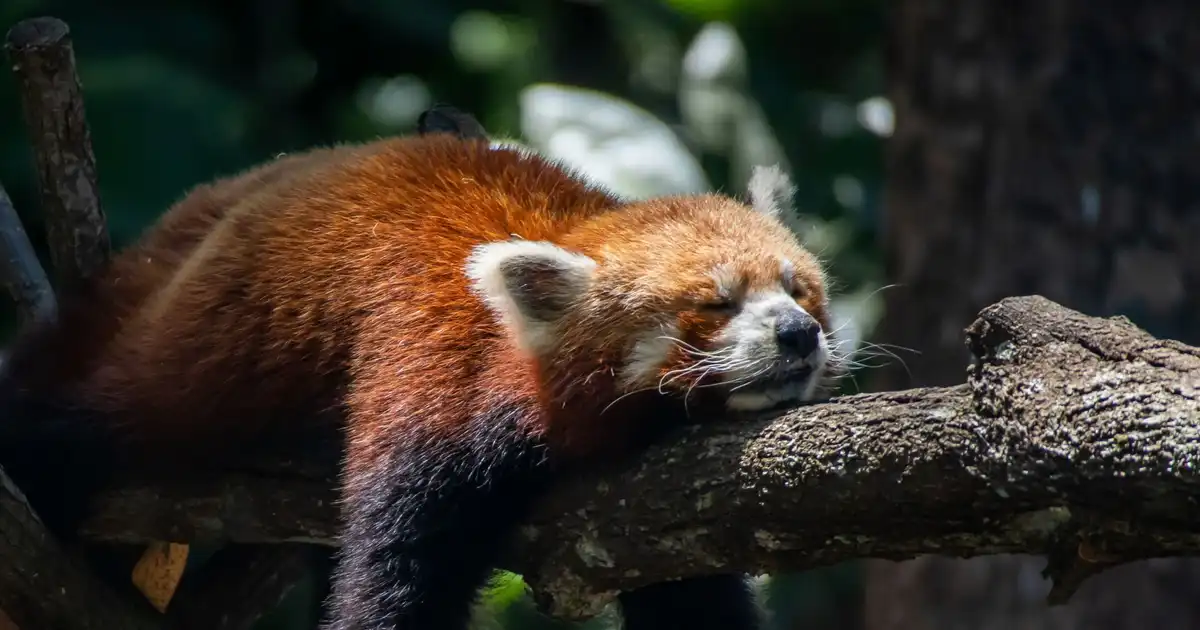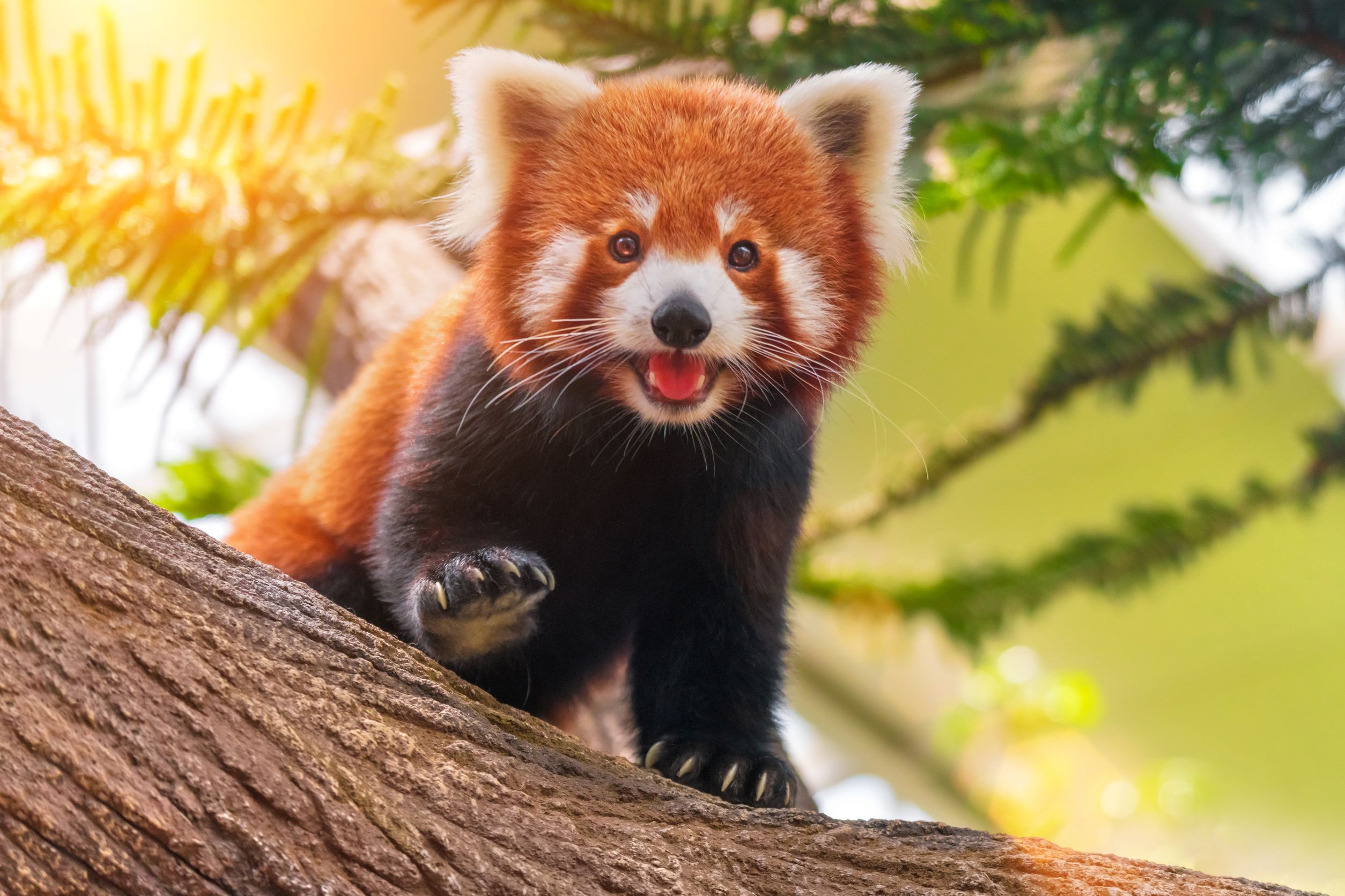
Red pandas are on the verge of extinction because of humans
On the brink of extinction
A new study shows that human activities push red pandas to the brink of extinction.
Published in the journal Landscape Ecology, the study found that infrastructure projects, such as roads and human settlements, are impacting red panda habitat, as well as limiting their movement. their transfer. Currently, there are only about 10,000 red pandas left in the wild.
To assess human impact, researchers from the University of Queensland, the University of Southern Queensland and the Red Panda Network tracked 10 red pandas for 12 months in eastern Nepal.
According to lead author Damber Bista, red pandas are changing their activities to “minimize their interactions with disturbances, such as humans, dogs or livestock.”
He added: "This is strongly interfering with natural interactions between animals, leading to population isolation."
Habitat loss is not the only threat red pandas face. They are also at risk of poaching and accidental entrapment (getting caught in traps intended for other animals.
So Mr. Bista said he is "worried about the future of this species."

Protect the red panda
According to the International Union for Conservation of Nature (IUCN), the red panda is threatened with extinction, meaning it is just one step away from being seriously threatened. The next stage is then extinction in the wild.
The coalition also notes on its website that it has not assessed the status of red pandas since 2015.
“As suitable forests shrink, the red panda must weigh its options on how to best survive,” Mr. Bista noted. “This trade-off could lead to increased mortality risk and long-term population decline.”
However, he believes humans can and should do more to support the survival of red pandas.
He added that speed limits and noise restrictions could help red pandas, as well as protect more wildlife from crossing the road. He also noted that, during mating and breeding seasons, human activities need to be “strictly regulated.” In addition, in the future, reducing deforestation for farming and livestock raising will also greatly contribute to preserving this animal species.

